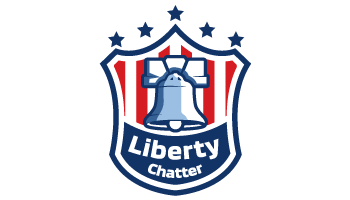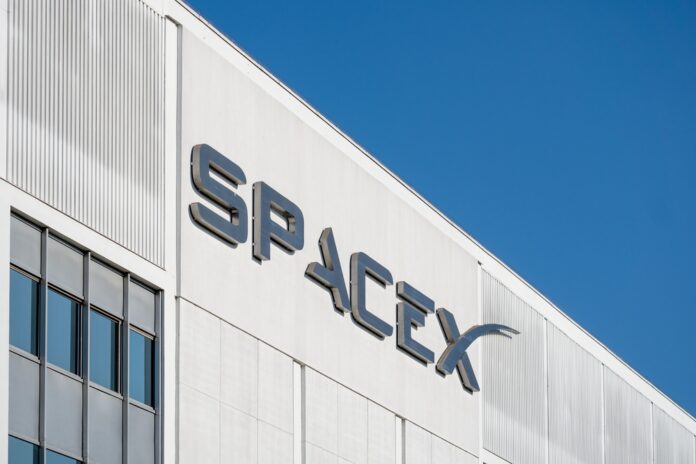Boeing’s Starliner spacecraft’s first piloted test flight was once again delayed last Saturday just moments before liftoff when one of the computers managing the countdown encountered a problem.
The Starliner crew, commanded by Barry Wilmore and co-piloted by Sunita Williams, was initially on schedule to launch the test flight on May 6 but a problem with the Atlas 5 rocket’s pressure relief valve along with a helium leak in the propulsion module derailed liftoff.
The launch was tentatively scheduled for May 17. However, NASA announced that day that it was pushing the launch until May 25 to give engineers more time to correct the helium leak.
The May 25 launch was also scrubbed after engineers found a “design vulnerability” in Starliner’s propulsion system, leading NASA to reschedule the test flight for June 1.
As part of the test flight, Wilmore and Williams plan to dock with the International Space Station. Launches to the space station must be timed so that the launch pad is aligned with the ISS’s orbit. Any delay immediately triggers a minimum 24-hour hold on the launch.
After the June 1 launch was scrubbed, NASA initially instructed engineers to prepare for another attempt the following day. However, the space agency later announced that the possible Sunday launch was off to allow more time for engineers to assess the issue with the countdown computers.
The long-awaited test flight will be the first piloted launch using the Atlas 5 rocket – the first Atlas rocket to be used in space missions since astronaut Gordon Cooper’s Mercury flight over sixty years ago.
It will also be the first piloted flight of Boeing’s Starliner, the company’s answer to Crew Dragon, the capsule made by Elon Musk’s SpaceX that has already made 13 crewed flights since its initial test flight in May 2020.
NASA helped fund the development of both Crew Dragon and Starliner to ensure that the agency would be able to utilize the spacecraft to send crews to the International Space Station.

